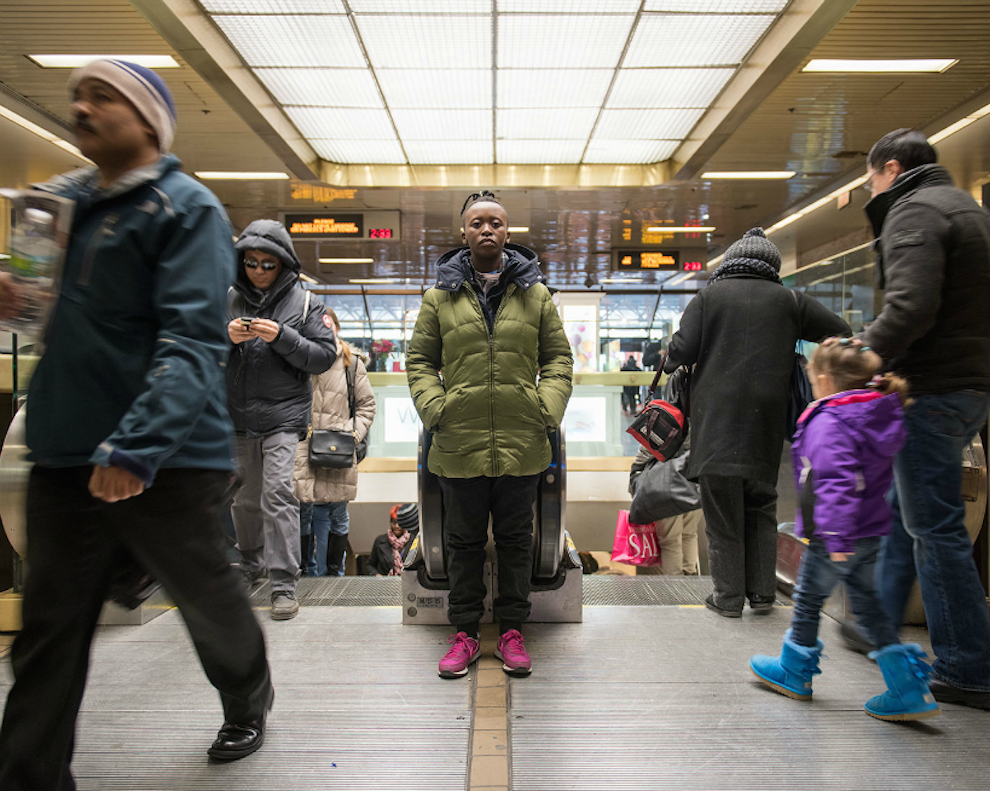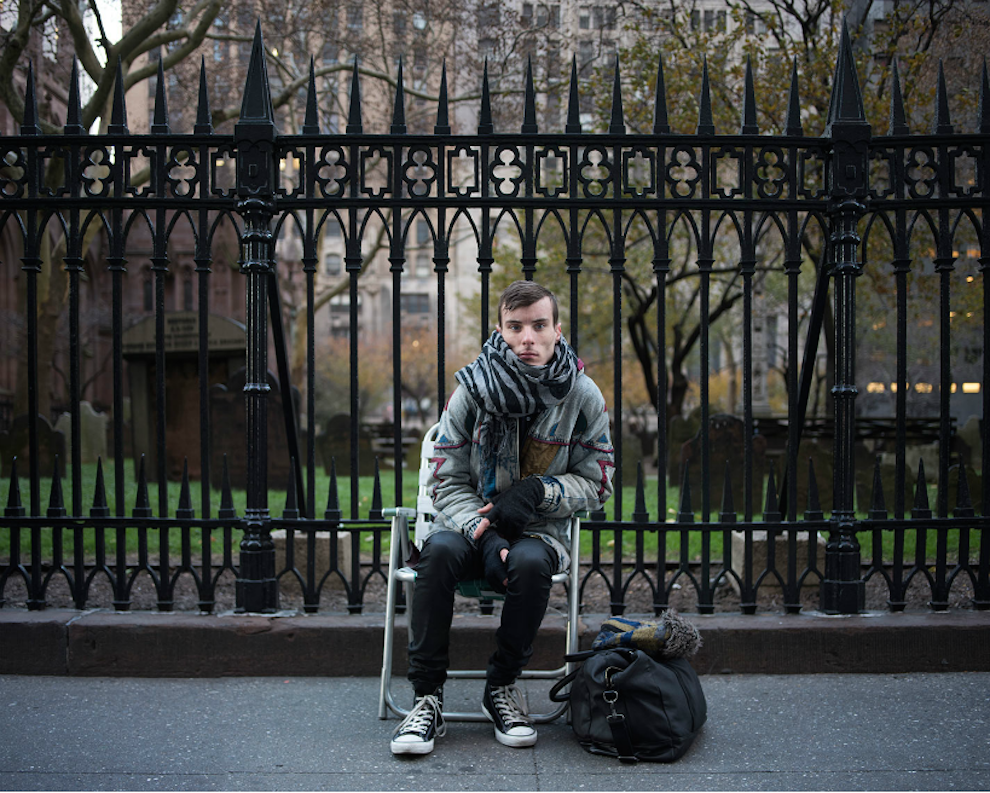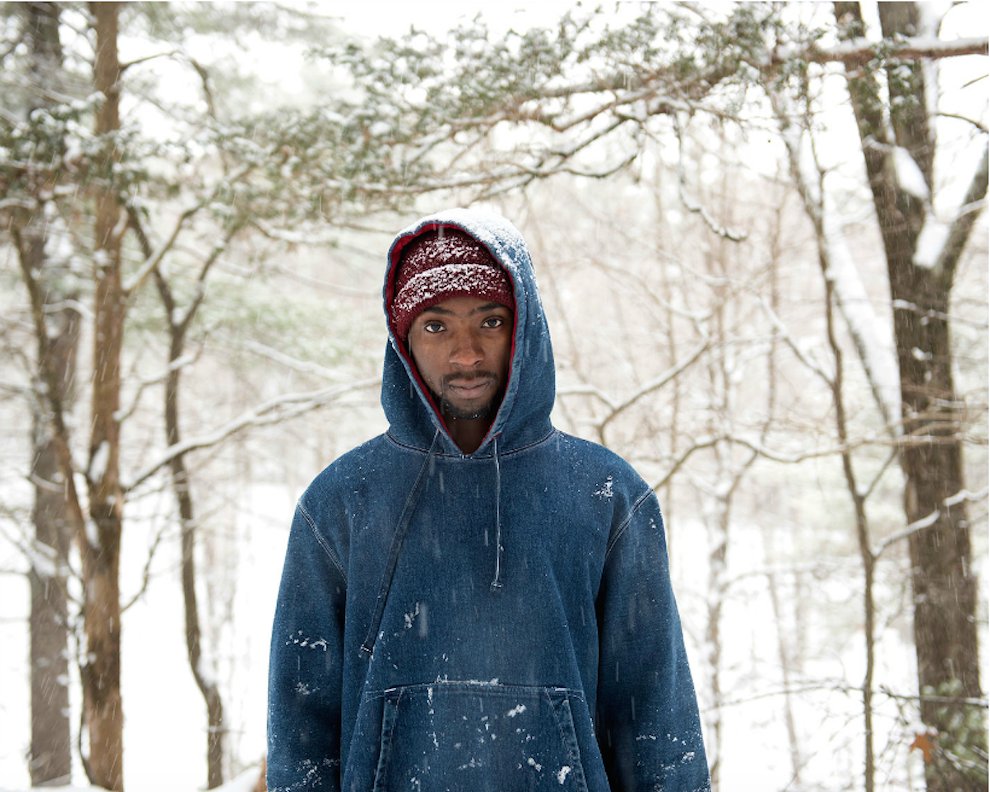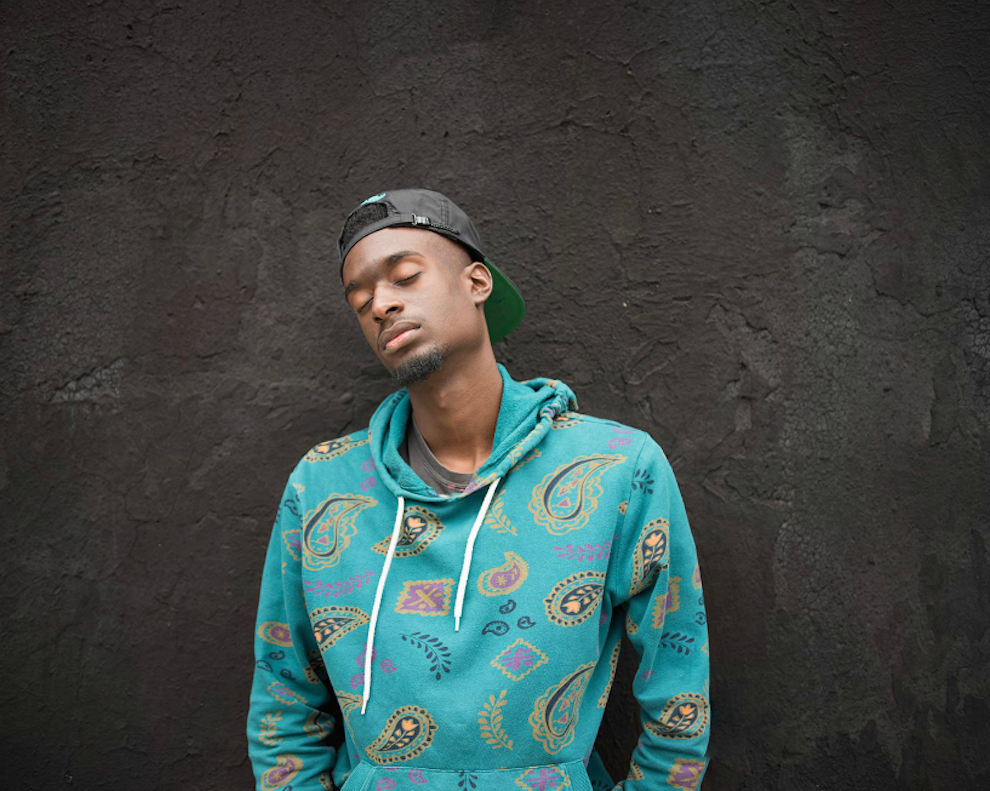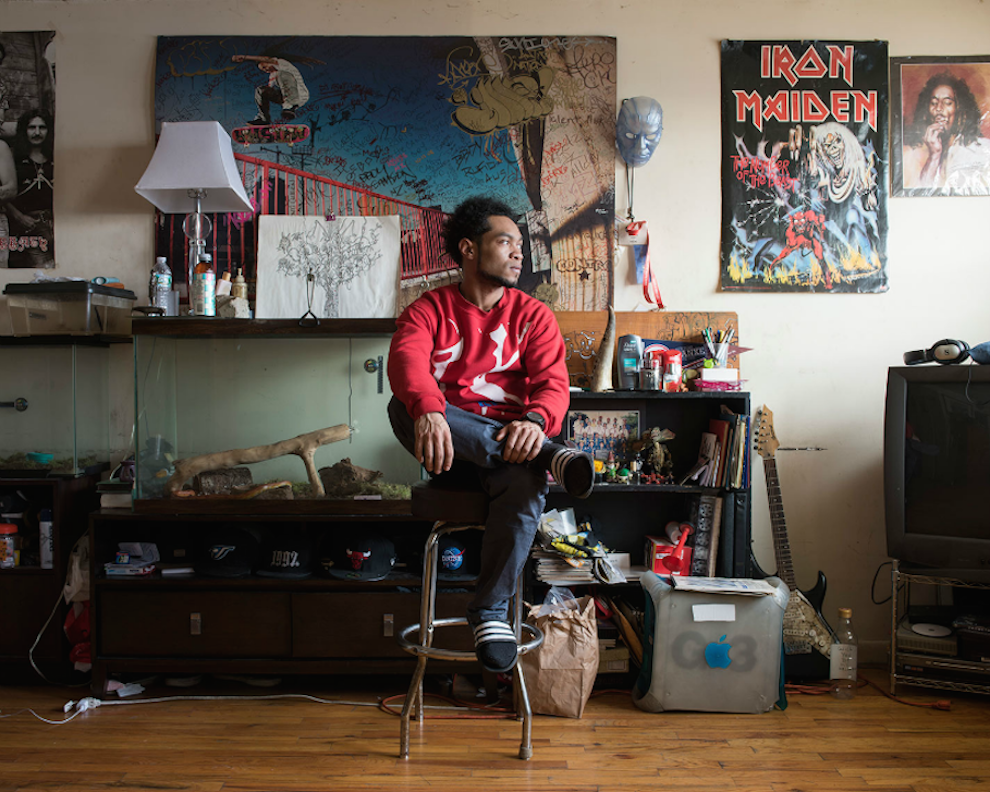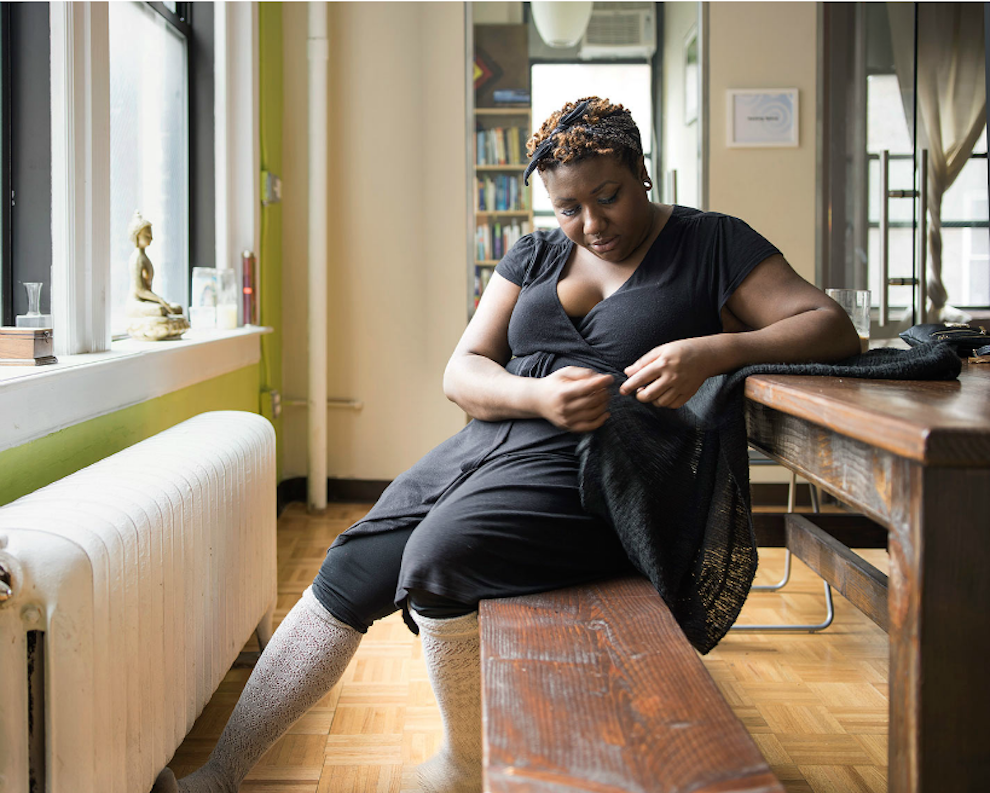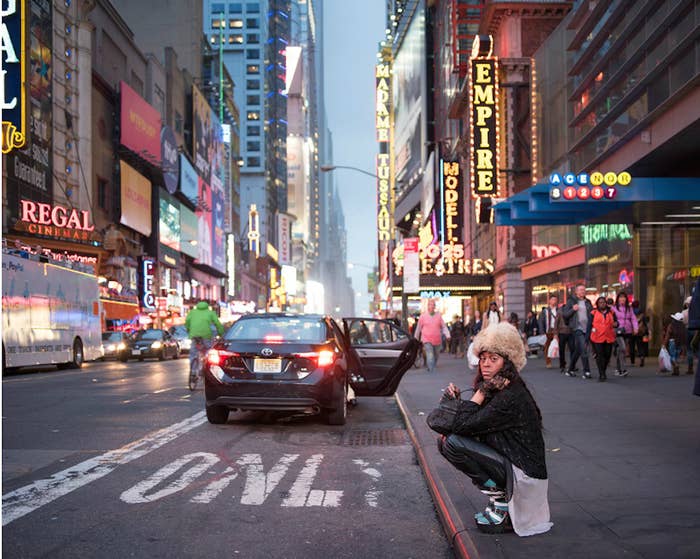
"So many LGBT homeless youth don't feel like they're in control of how they're portrayed," Taz Tagore, the co-founder of the Reciprocity Foundation, a nonprofit organization serving the needs of homeless youth in New York City, told BuzzFeed News. In typical depictions, Tagore said, homeless youth "feel demeaned and small. They feel hopeless. There are lots of victim portraits out there lacking strength."
For the Reciprocity Foundation's 10-year anniversary, Tagore teamed up with award-winning photographer Alex Fradkin to challenge common perceptions of homeless youth — by giving these young people the power to portray themselves on their own terms.
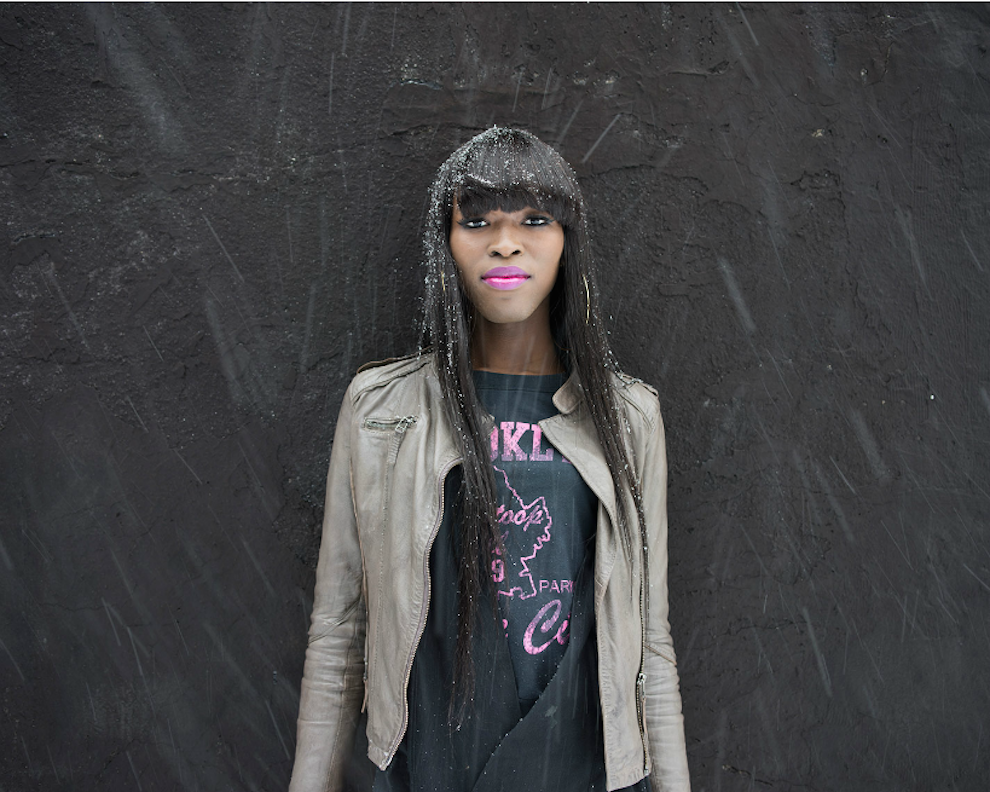
See Me: Picturing New York's Homeless Youth will premiere in a large-scale exhibition and full color book next month.
"I was there for several months developing a relationship with the kids before the camera even came out," Fradkin told BuzzFeed News. Since fall 2014, Fradkin has been teaching photography workshops at Reciprocity and engaging in long conversations with his subjects. He stressed that See Me has been completely collaborative, the product of the young people's efforts as much as his own. After photo sessions, Fradkin would display the portraits in workshops, asking the kids for their feedback: Are these honest? Are they compelling?
Tagore is further amplifying these young people's voices by writing essays with them to accompany their portraits. "It comes naturally to want to create with youth, or co-create with them," she said. [The Reciprocity Foundation] has a long history of inviting the youth to talk to us about how they want to express themselves."
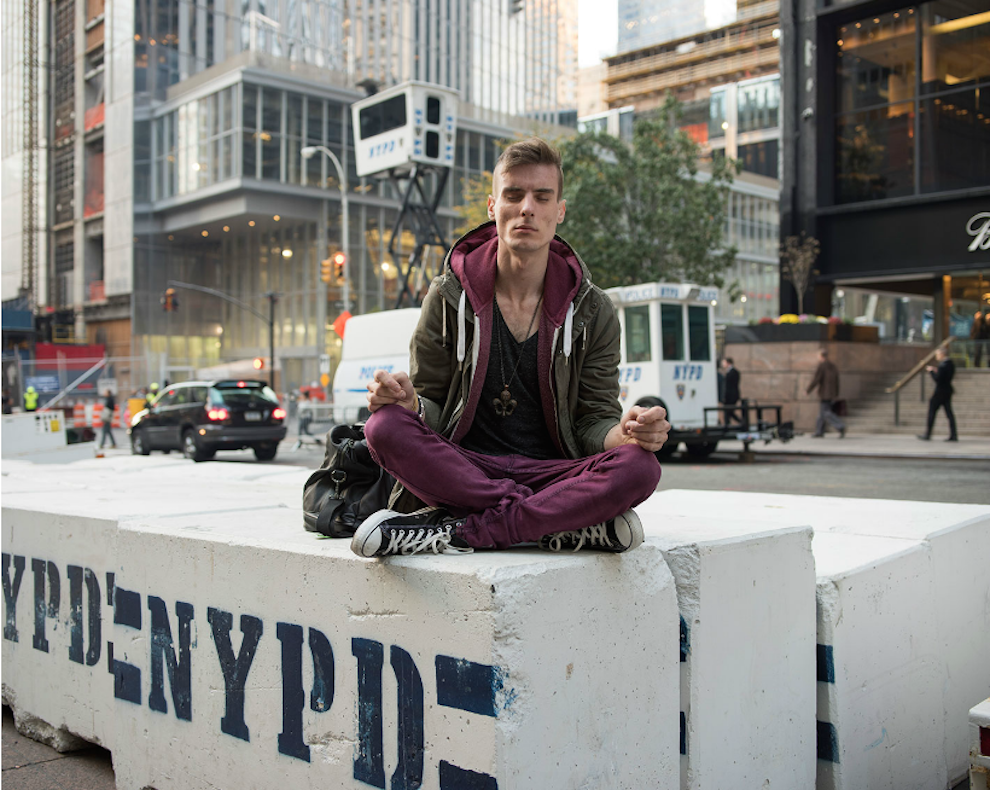
Reciprocity's past projects have included a fashion line, a CD, and an Emmy-award winning film. Photography seemed like a logical next step.
"We wanted to work with Alex to transform visual culture around how the youth are seen," Tagore said. She and Fradkin wanted these portraits to be "humanizing and connective."
Tagore said that she and Fradkin didn't want to exclusively depict abandonment and abuse. "Those things are true, but the portraits give you the chance to connect with [the youth] on many different levels," she said. "They don't feel victimized — they feel proud. They can't wait to have [the show] tour around NYC and educate people about the process of making this work, and why it's so important to them."
In discussing his directorial process, Fradkin echoed Tagore's worries. "I think a lot of [homeless youth photography] tends toward the downtrodden." He acknowledged that victim-heavy visuals are important documentation of difficult conditions. "But I wanted to avoid anything I've previously seen."
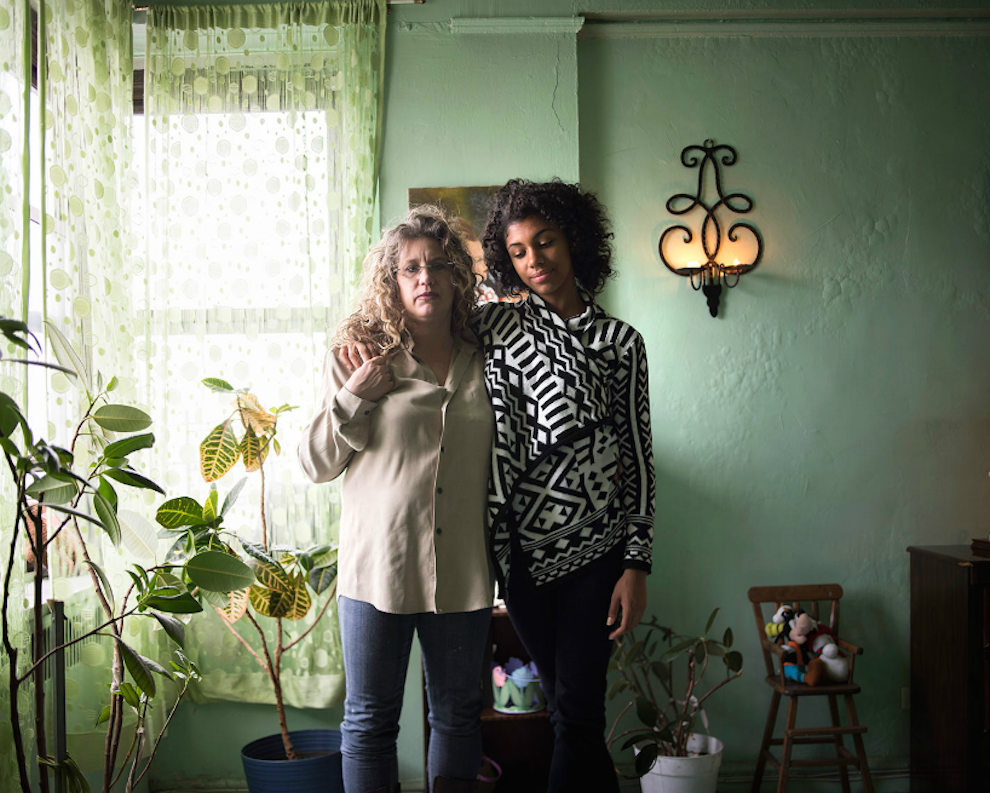
The portraits depict young people at various stages of homelessness. Some are in crisis shelters, some in longer-term transitional centers, and a few have been lucky enough to secure long-term subsidized housing. All are, however temporarily, someplace they call home.
The youth are captured in various places of personal significances. "Places of fear," Fradkin said, "or places of aspiration. Places that have memories."
Reciprocity at large aims to support and heal young people's "inner dimensions" — an especially delicate and important feat when it comes to the disproportionately high amount of homeless youth who identify as LGBT (as much as 40%, according to a 2012 study from the Williams Institute).
"LGBT youth have been so marginalized," said Tagore. "We've seen horrific responses from so many families when their children come out — we can still hardly believe the way parents are treating their very own children."
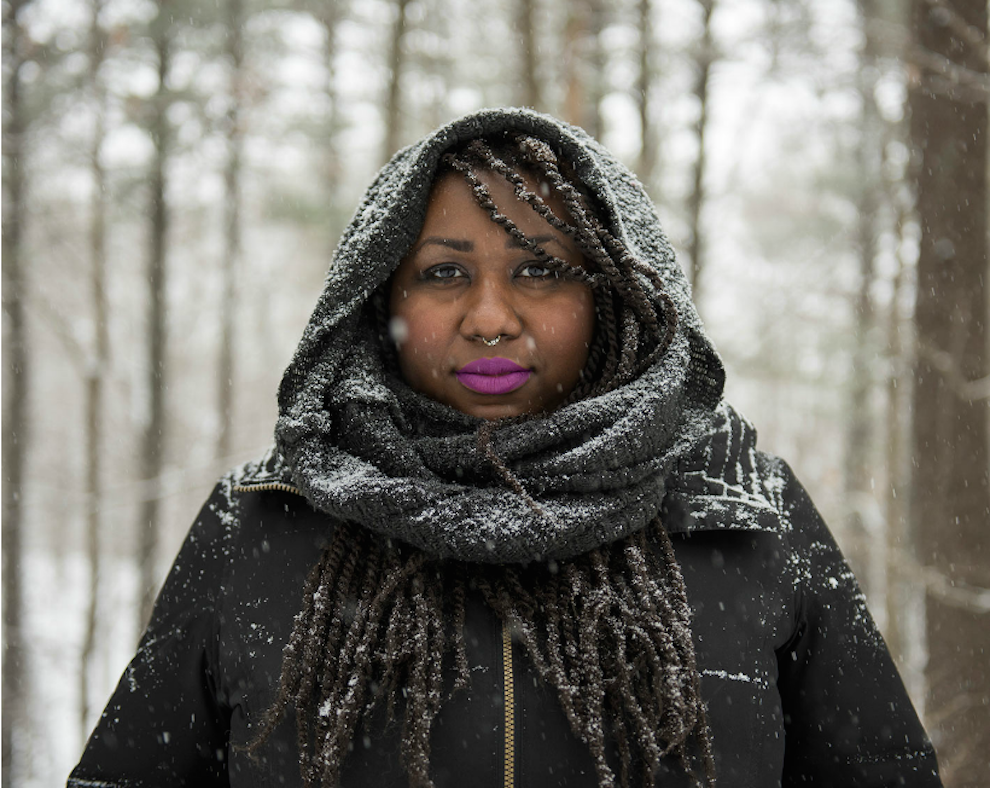
"The particular experience of being rejected by your family is extraordinarily heartbreaking," she said. "They need a great deal of love, support, community, healing. In many ways, our community [at Reciprocity] functions like a family. LGBT youth have found it very healing ... to be loved just the way they are. Our students sometimes show up with a new gender. They're playing, they're experimenting. There's space for that at Reciprocity. there's no 'You need to pick a gender; you need to pick a sexual expression.'"
"I think what we're hoping to create at Reciprocity and beyond," Tagore added, "is a world where sexual orientation is a journey, it's unfolding — you're allowed to make different choices."
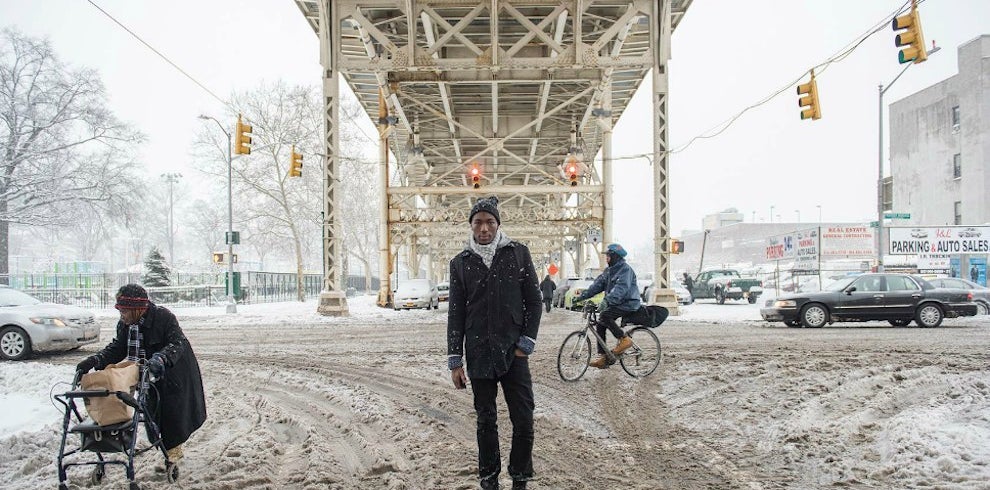
Fradkin said he was driven by a particular question: "How do you really engage the viewer to really, truly see the person?"
He didn't want to create a spectacle of these young people, but simply engage viewers "to stop, and look, and see."
"So few people, once you put the homeless label on them, are able to see [the youth] in any other way," Tagore said. "But there's power that comes with being the survivor of abuse, the survivor of homelessness. Having to assert your sexual orientation and gender identity makes you a really powerful person."
See more of the portraits below:
